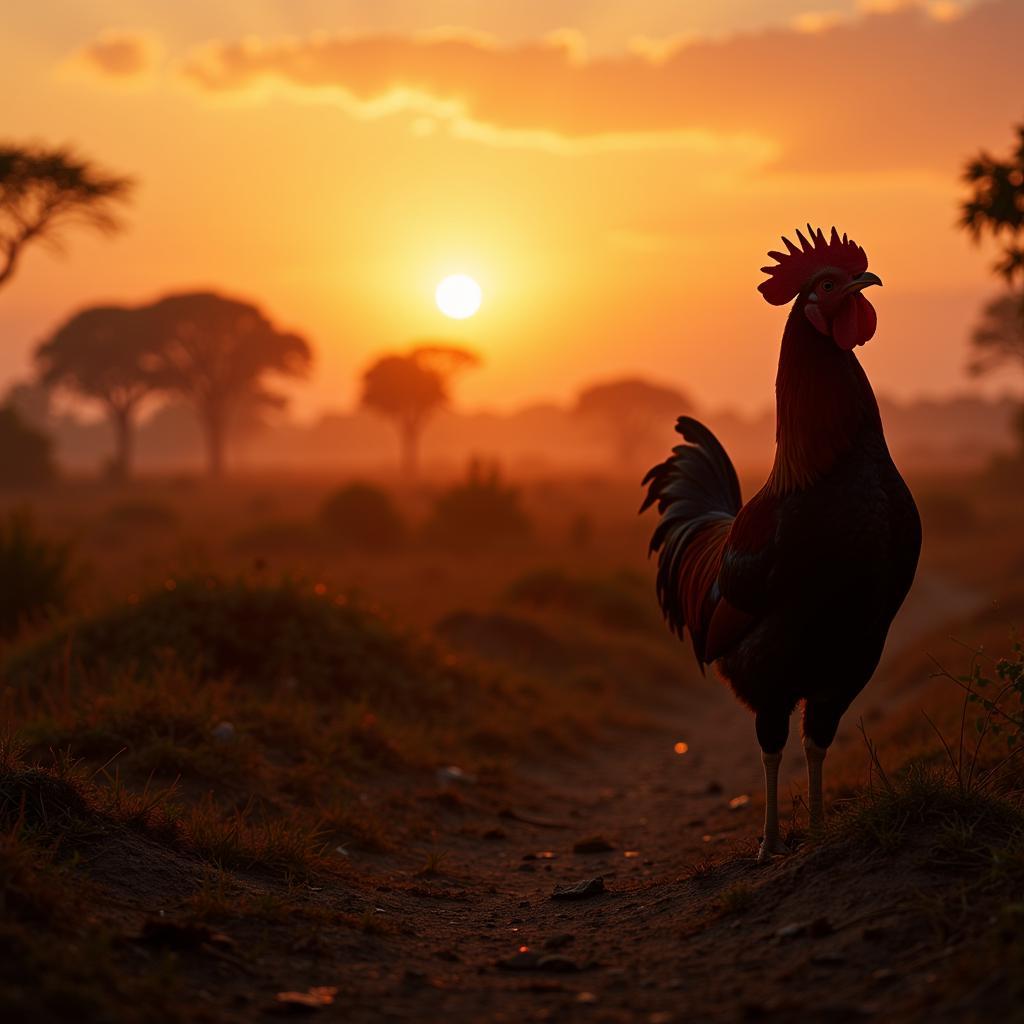African Gray Parrot Size: A Comprehensive Guide
African Gray Parrot Size is a crucial factor to consider when welcoming one of these intelligent birds into your home. Understanding their physical dimensions, along with their cage size requirements, is essential for their well-being and happiness. This guide delves into the specifics of African gray parrot size, exploring the variations between subspecies and providing valuable insights into creating a suitable environment for your feathered companion.
Understanding African Gray Parrot Dimensions
African gray parrots are not all the same size. The two main subspecies, the Congo African Gray and the Timneh African Gray, exhibit distinct size differences. Congo African Grays, the larger of the two, typically measure between 12-14 inches in length, while Timneh African Grays average around 10-12 inches. This two-inch difference might seem small, but it translates to a noticeable variation in their overall presence. Knowing the specific subspecies you are considering is key to preparing for their arrival. For example, african grey cages for sale need to be appropriately sized for the specific subspecies.
What Factors Influence African Gray Size?
Besides subspecies, other factors can subtly influence an individual parrot’s size. Genetics, diet, and overall health play a role in determining how large a particular bird grows within the typical range for its subspecies. While these variations are generally minor, they highlight the importance of considering individual needs when setting up their living space.
 Measuring an African Gray Parrot's Wingspan
Measuring an African Gray Parrot's Wingspan
Choosing the Right Cage Size for Your African Gray
Cage size is paramount to an African gray parrot’s physical and mental well-being. These intelligent birds require ample space to move, stretch their wings, and play. A cramped cage can lead to boredom, stress, and even feather plucking. A good rule of thumb is to choose the largest cage you can reasonably accommodate in your home. Remember, bigger is always better when it comes to parrot cages. You’ll also want to consider providing african grey food treats that encourage foraging and mental stimulation.
How Big Should an African Gray Cage Be?
While specific dimensions can vary based on the individual bird, a minimum cage size for a Congo African Gray should be around 36 inches wide, 24 inches deep, and 48 inches high. For a Timneh African Gray, the minimum dimensions can be slightly smaller, but it is always best to err on the side of caution and provide as much space as possible.
“A spacious cage is not a luxury for an African gray, it’s a necessity,” says Dr. Anika Patel, an avian veterinarian specializing in parrot care. “These intelligent creatures need room to explore and exercise their physical and mental abilities. A cramped environment can lead to a variety of behavioral and health issues.”
Beyond Cage Size: Creating an Enriching Environment
Providing adequate cage space is only the first step. Enrichment through toys, perches of varying sizes and textures, and opportunities for social interaction are crucial for maintaining a happy and healthy African gray parrot. Proper african grey beak care is also essential for their overall health and should not be overlooked.
Conclusion
Understanding African gray parrot size is fundamental to providing them with a fulfilling life. By considering their physical dimensions and creating a stimulating environment with ample space and enrichment, you can ensure your feathered companion thrives under your care. Remember, providing a comfortable and stimulating environment for your African gray is crucial for their overall well-being. If you’re looking for specific resources, you may find information on african grey sale in chennai.
FAQ
- What is the average lifespan of an African gray parrot? (40-60 years)
- Are African gray parrots good talkers? (Yes, they are known for their exceptional talking abilities)
- What do African gray parrots eat? (A varied diet of seeds, nuts, fruits, vegetables, and formulated pellets)
- How much sleep do African grays need? (10-12 hours per night)
- Do African grays need companionship? (Yes, they are social birds and thrive on interaction.)
- What are some signs of a healthy African gray? (Bright eyes, smooth feathers, active behavior)
- How can I prevent feather plucking in my African gray? (Provide a stimulating environment, plenty of toys, and a proper diet.)
Need more assistance? Contact us at +255768904061, email kaka.mag@gmail.com or visit us in Mbarali DC Mawindi, Kangaga, Tanzania. We have a 24/7 customer service team.

